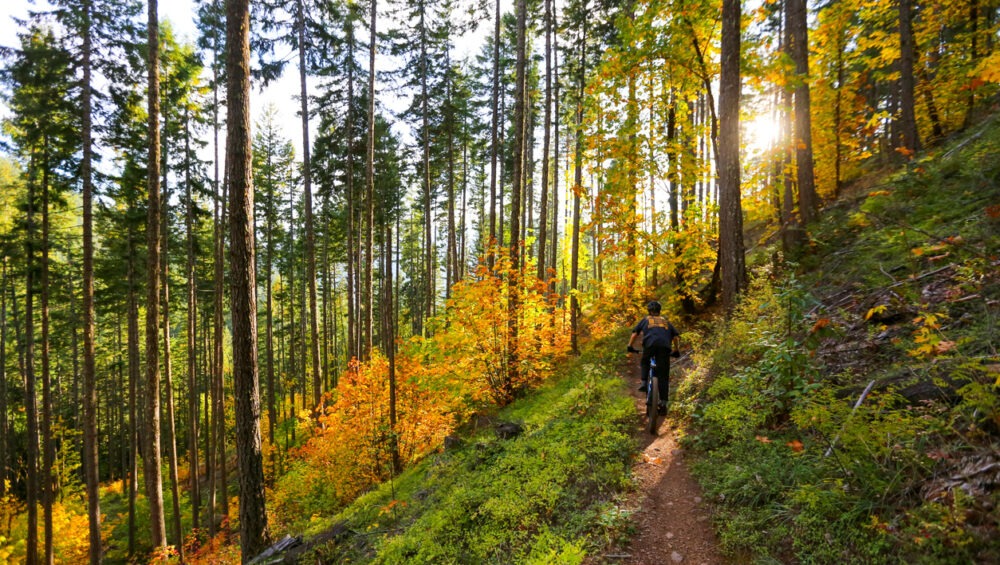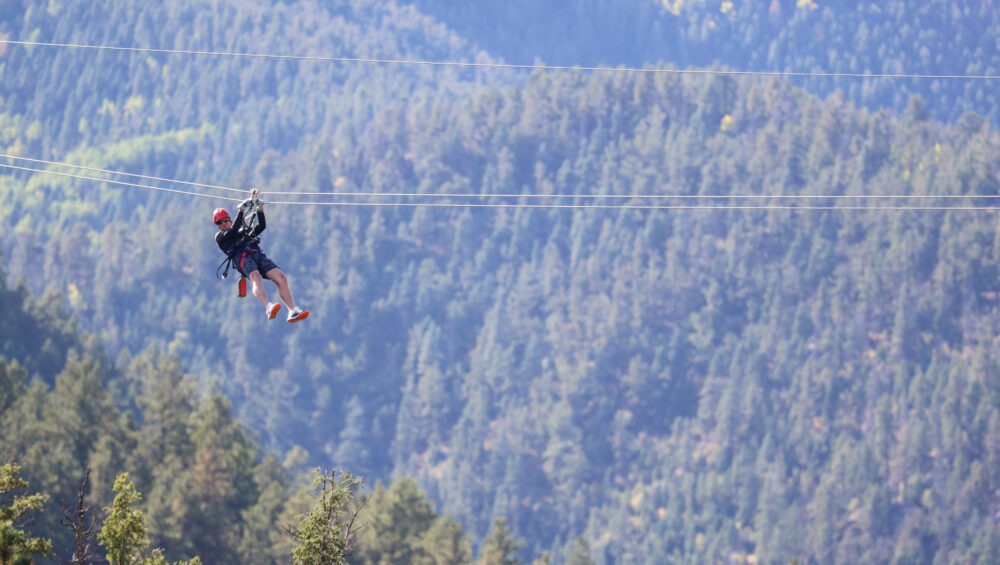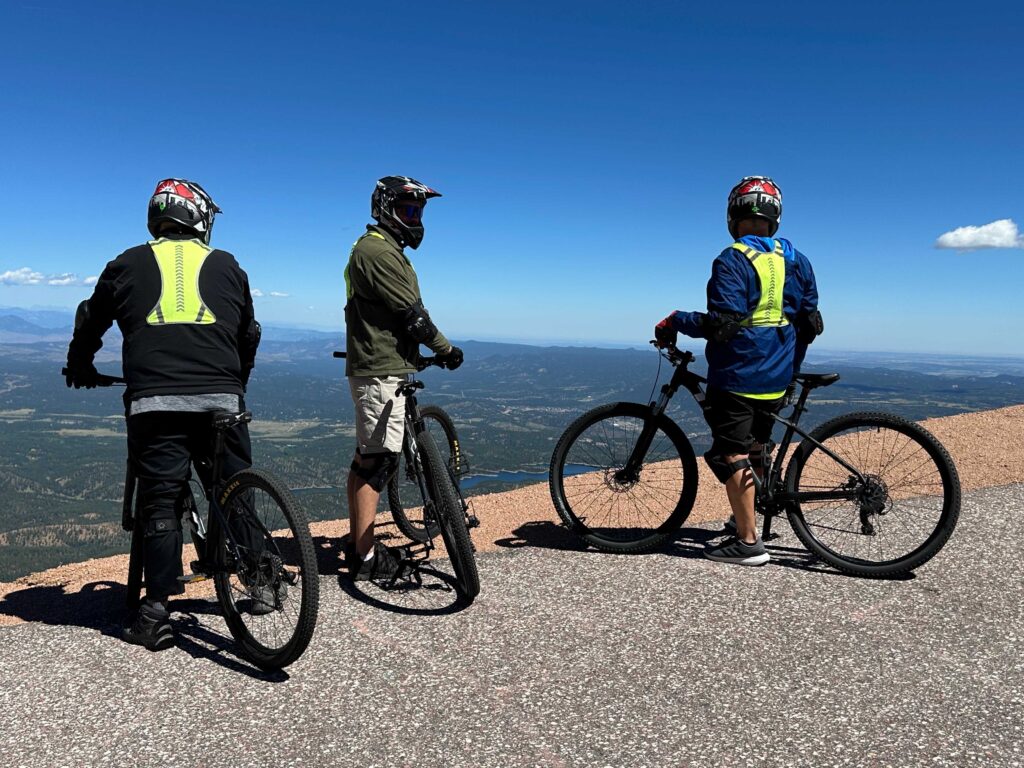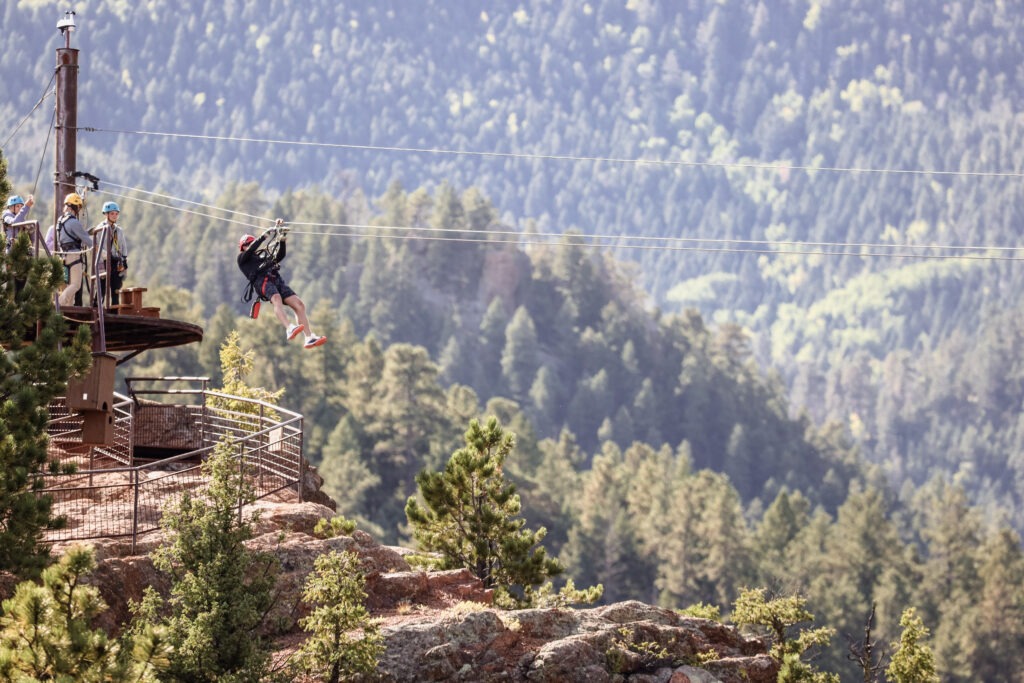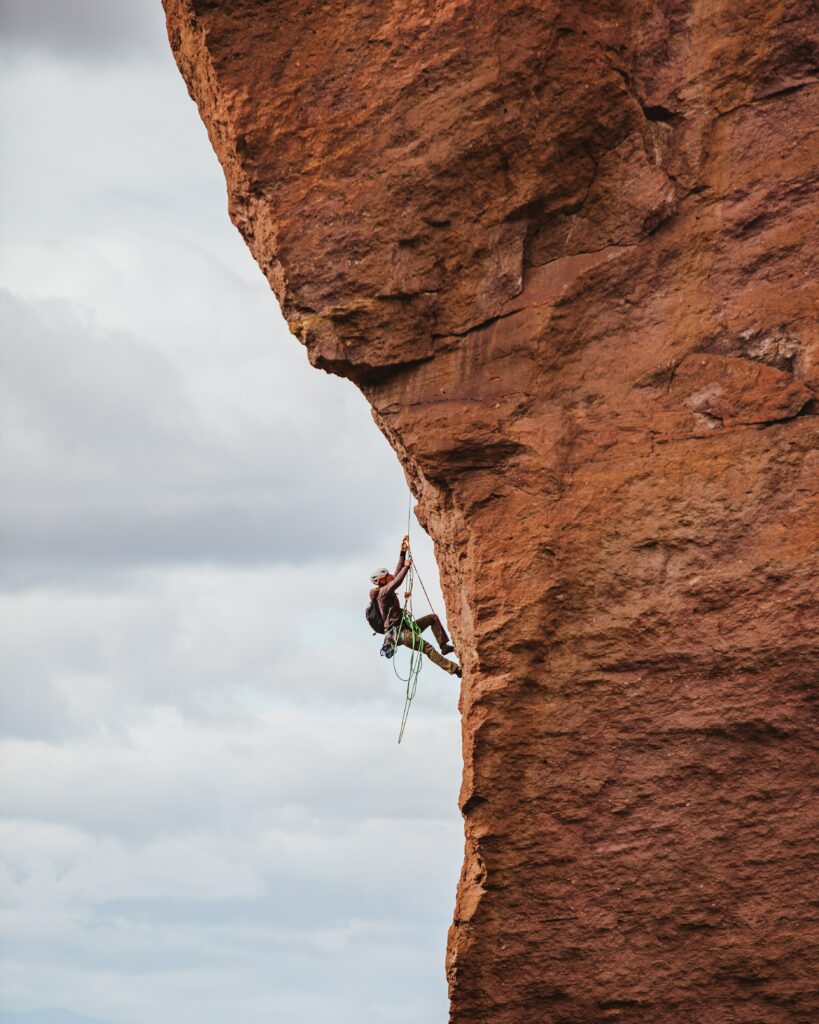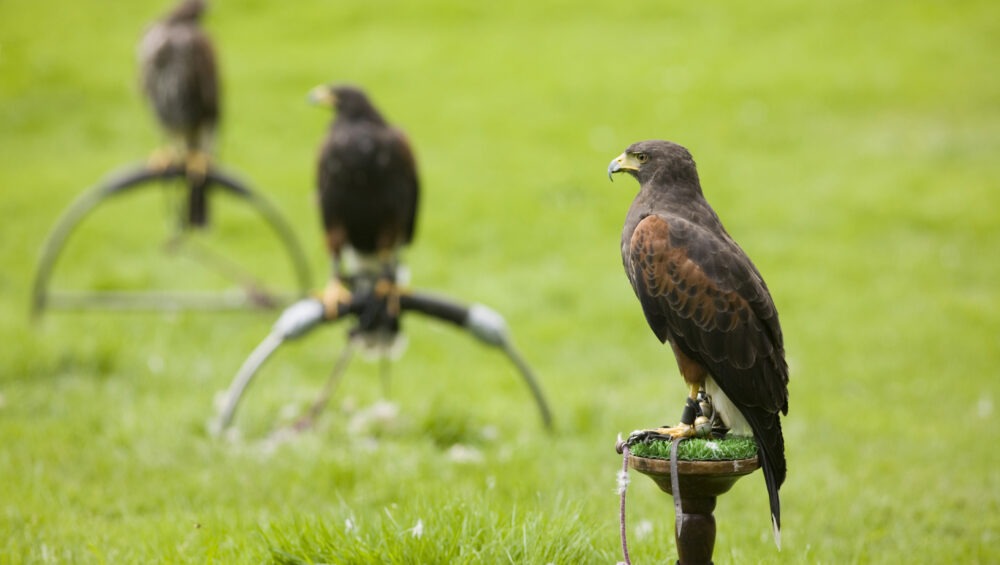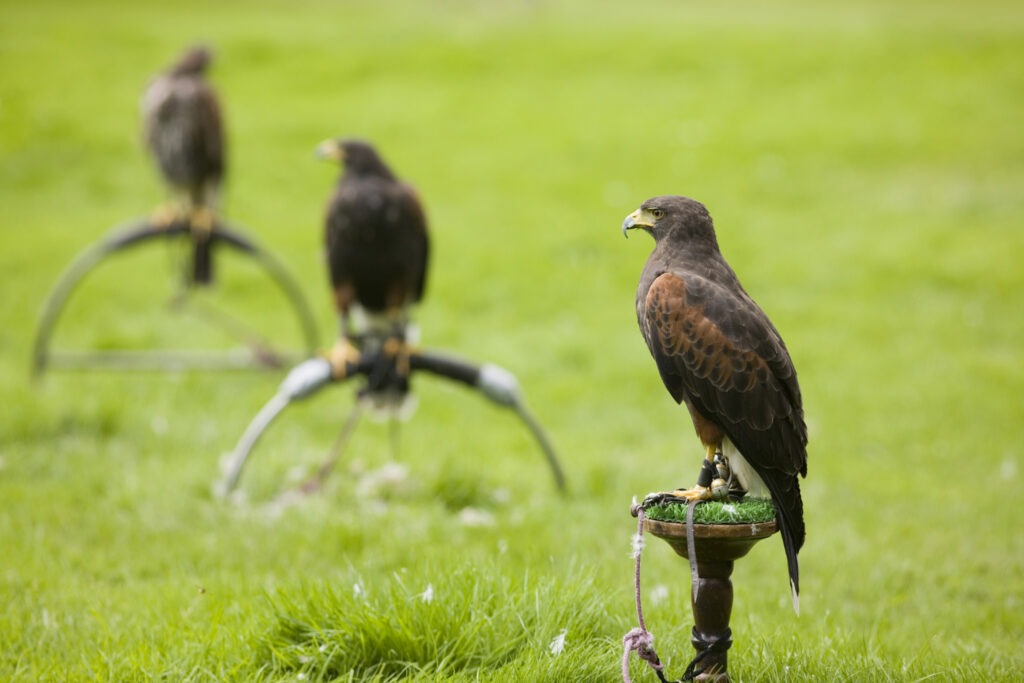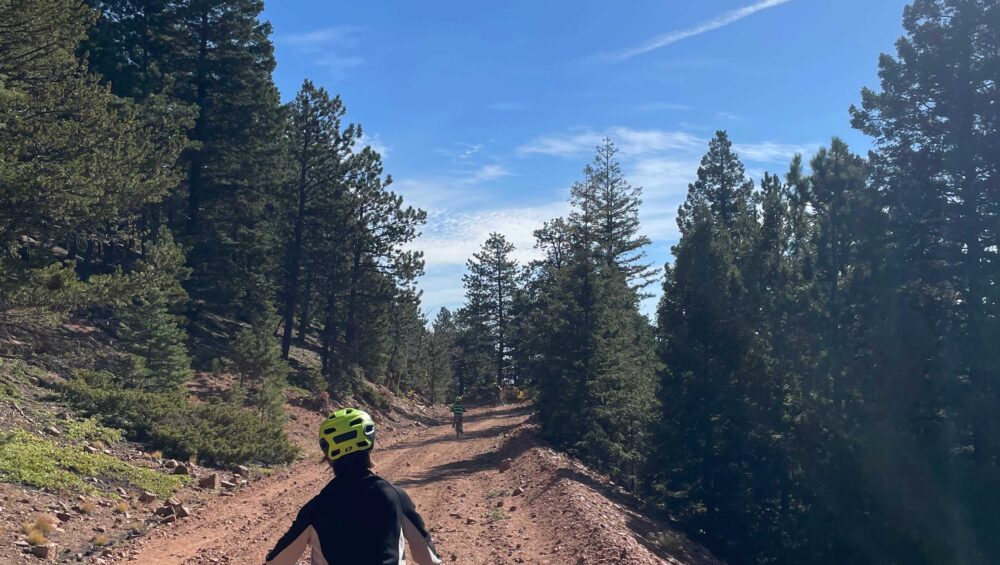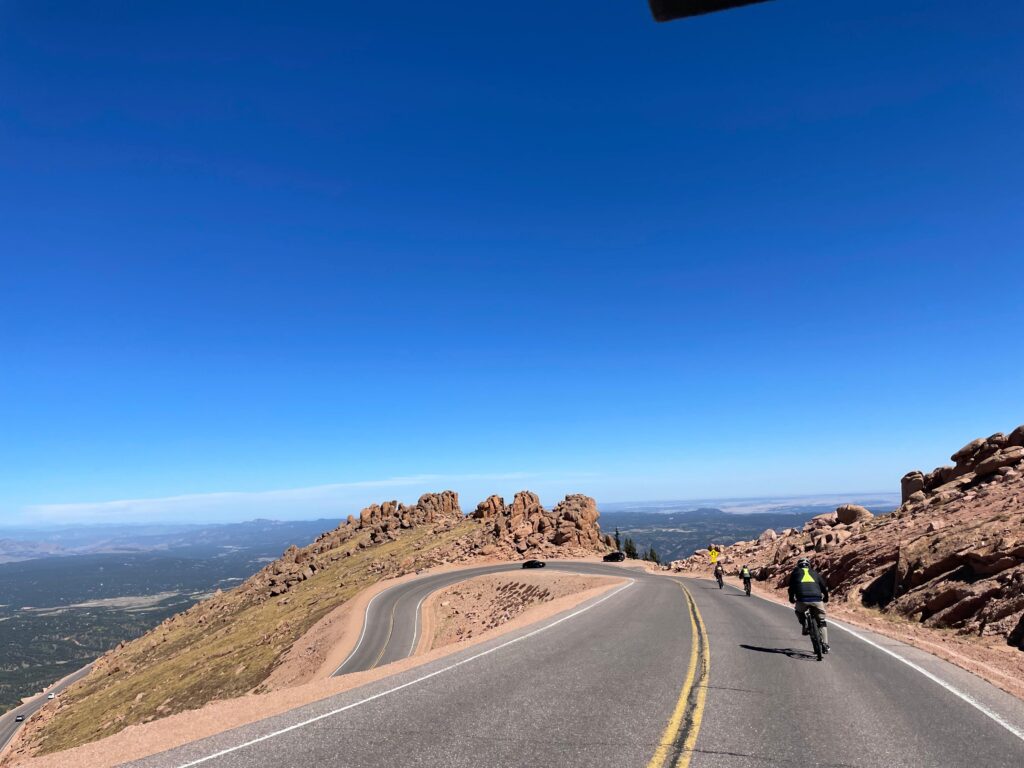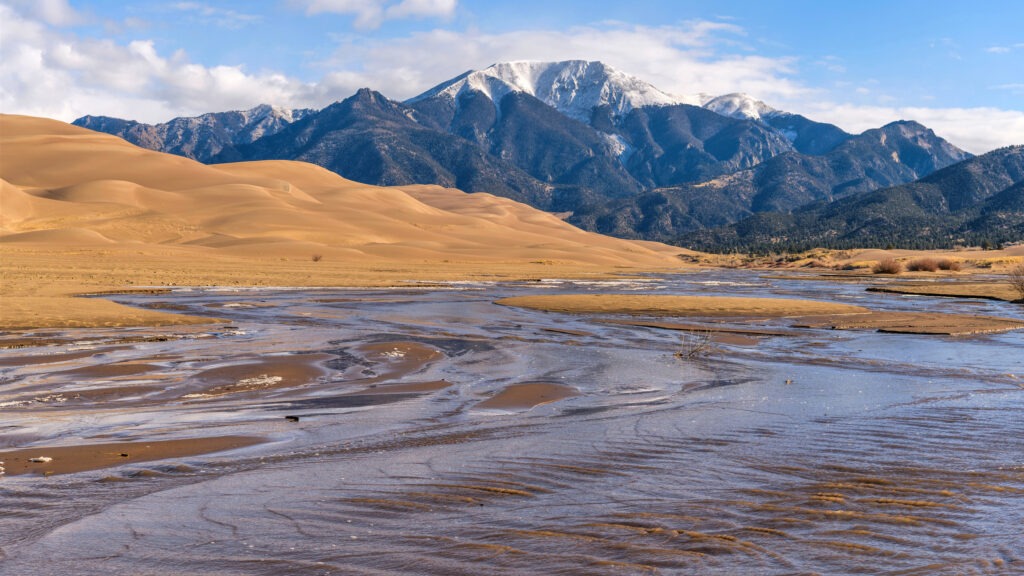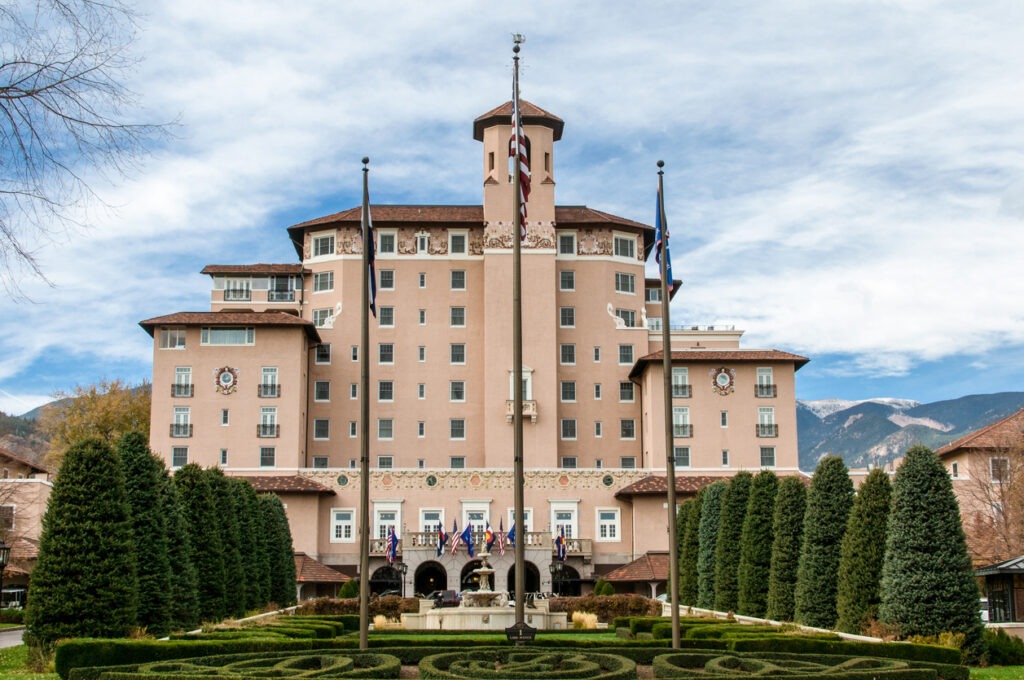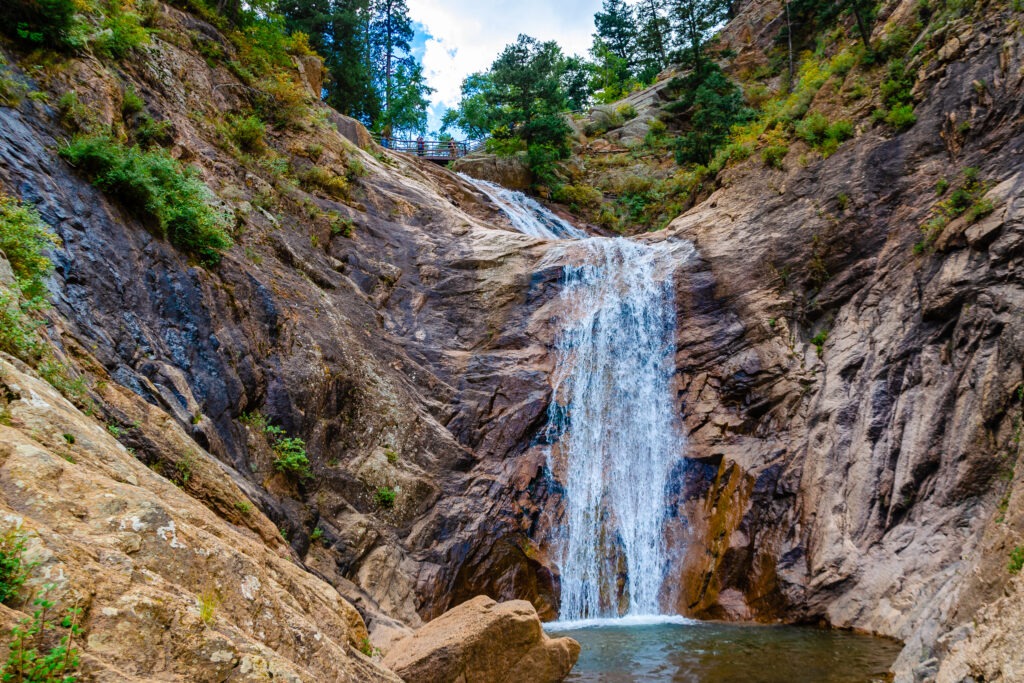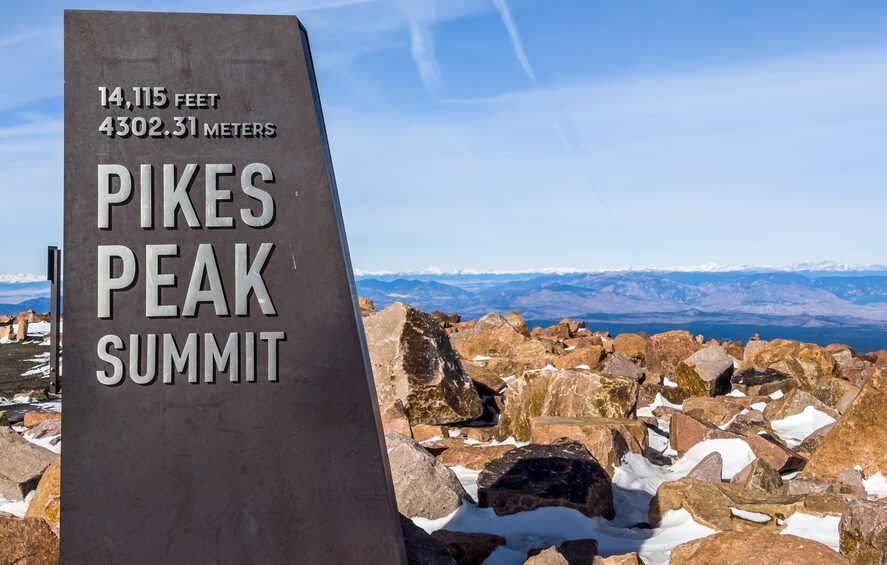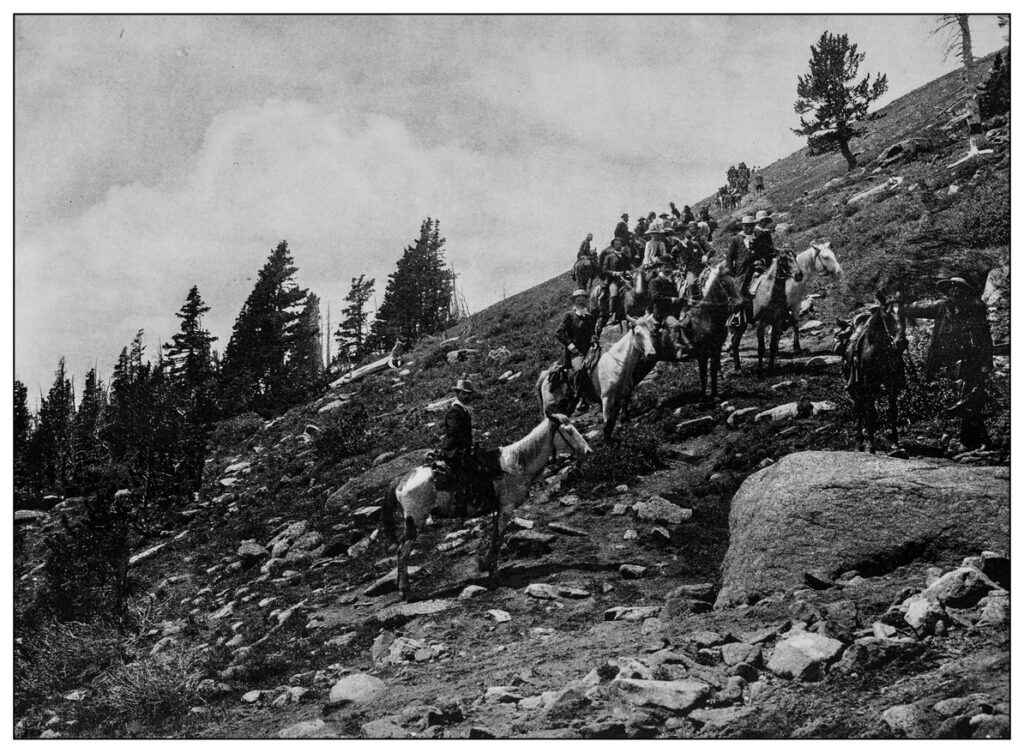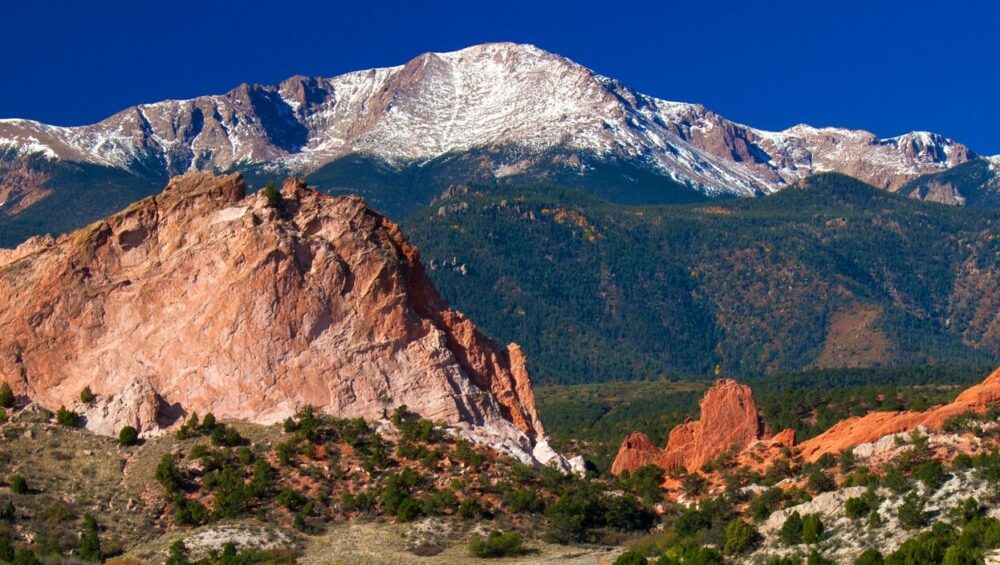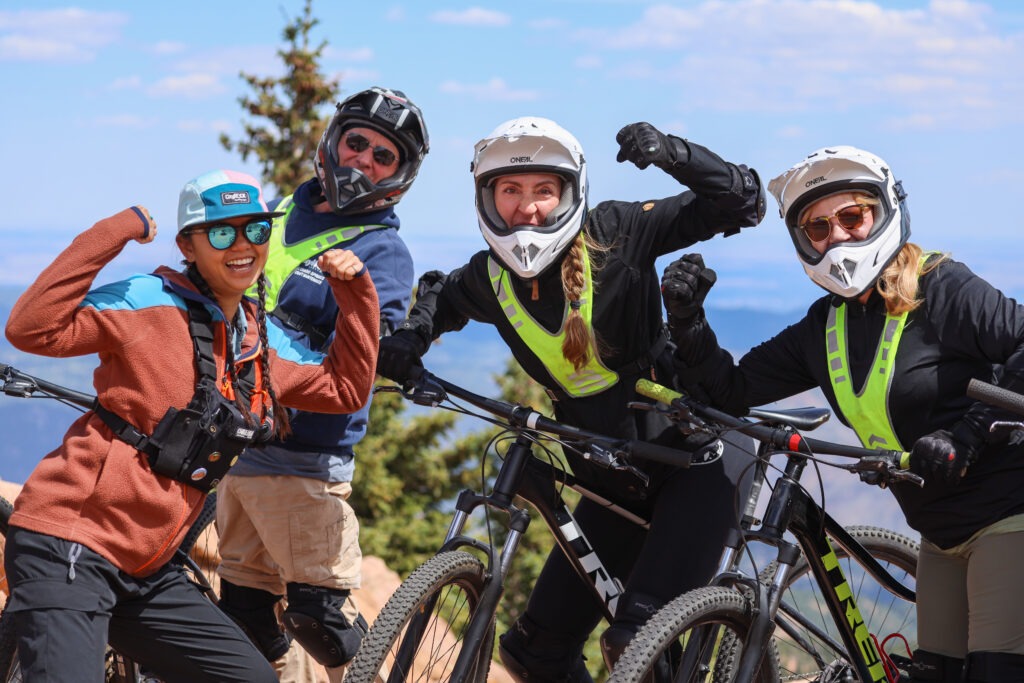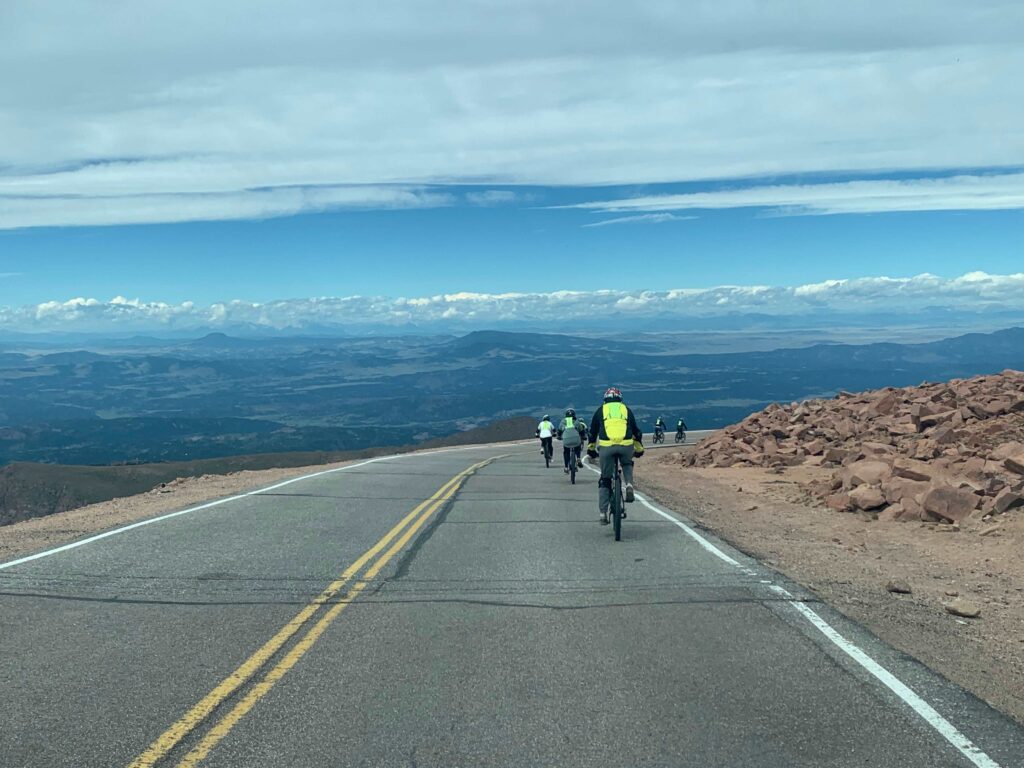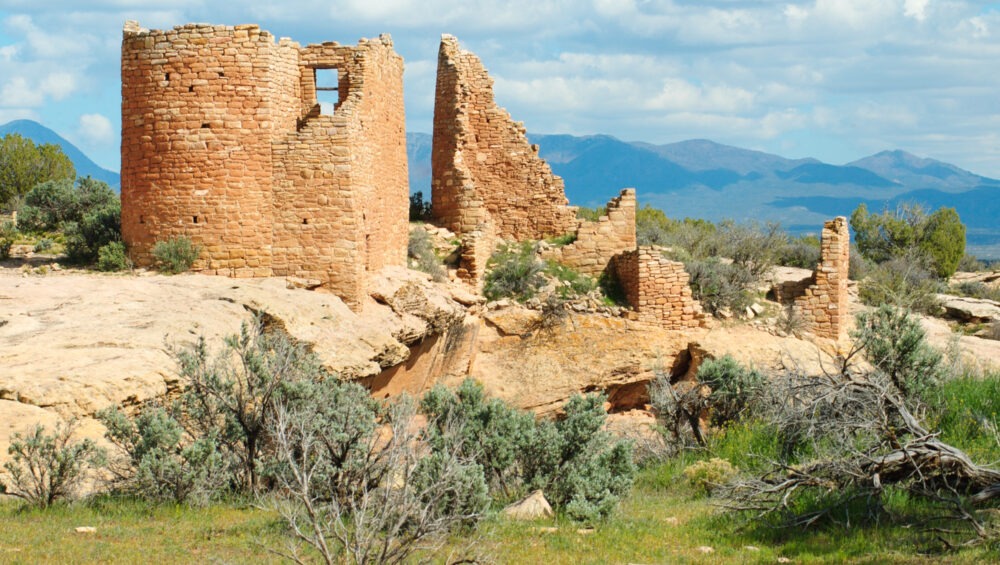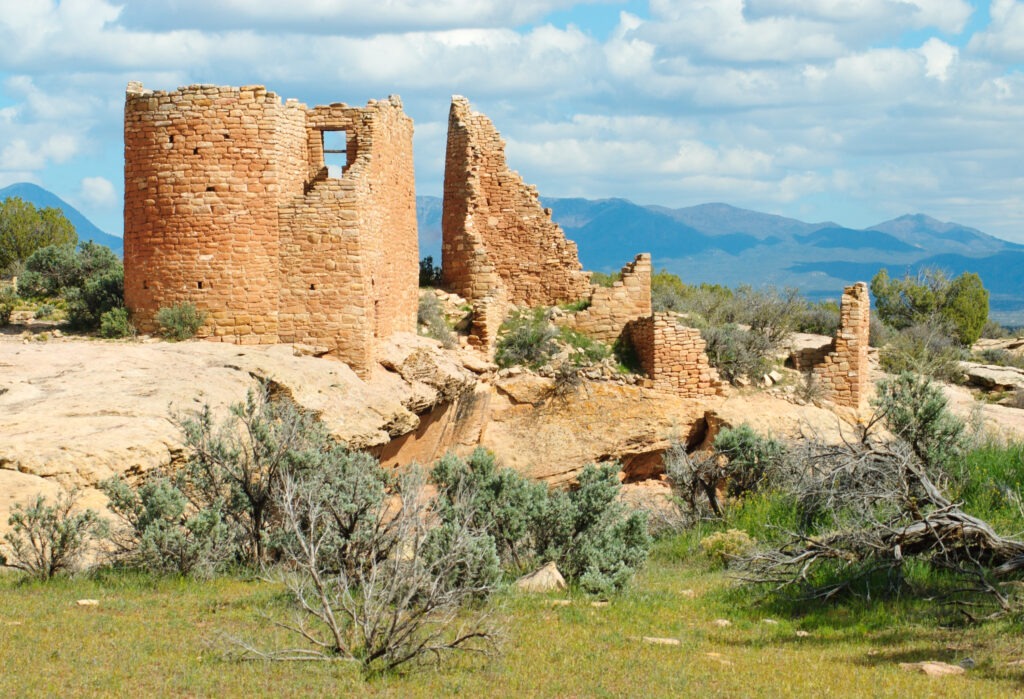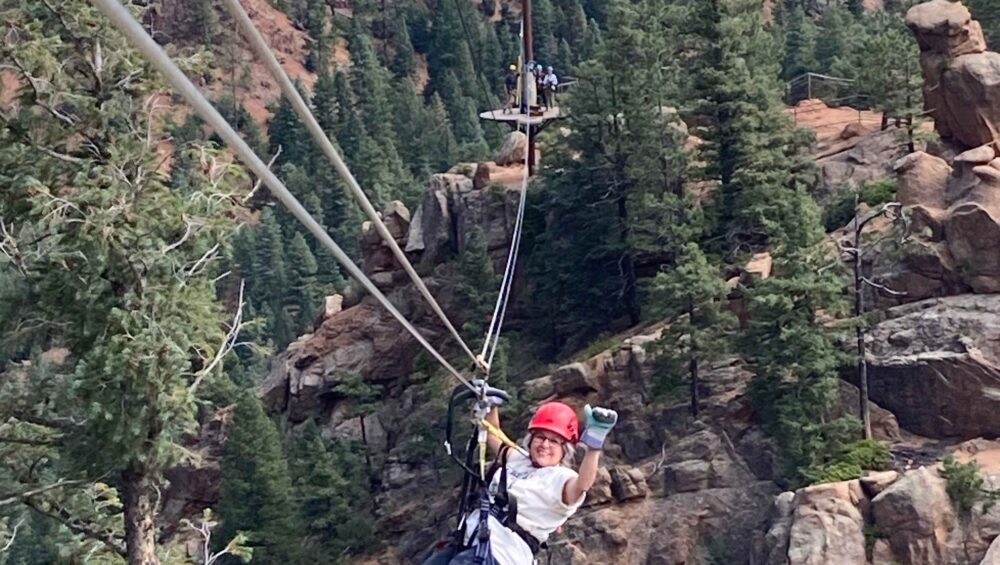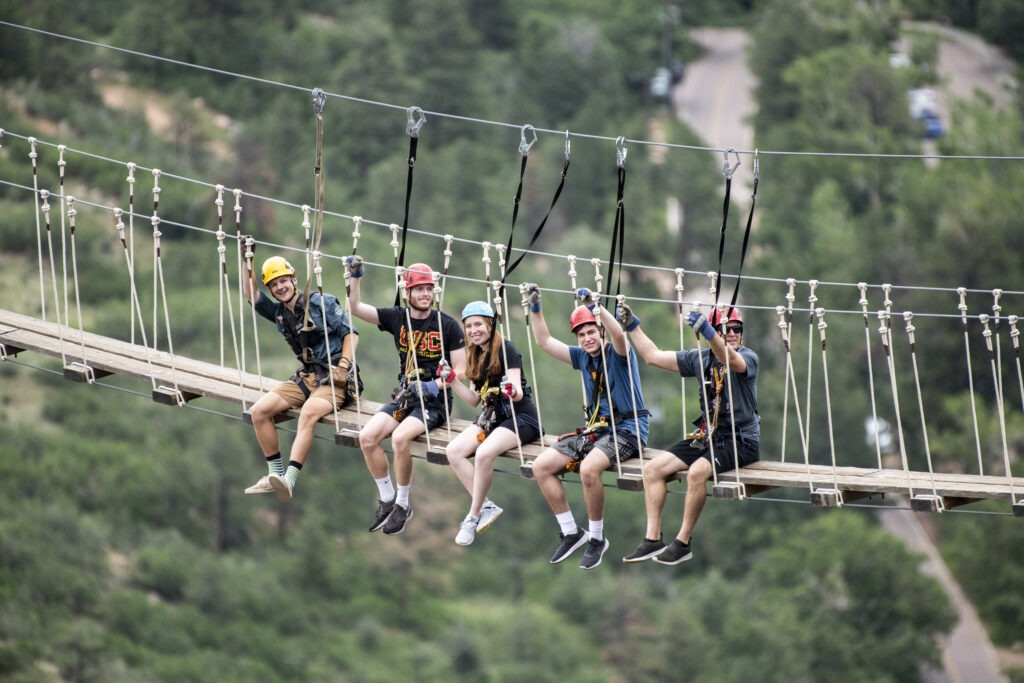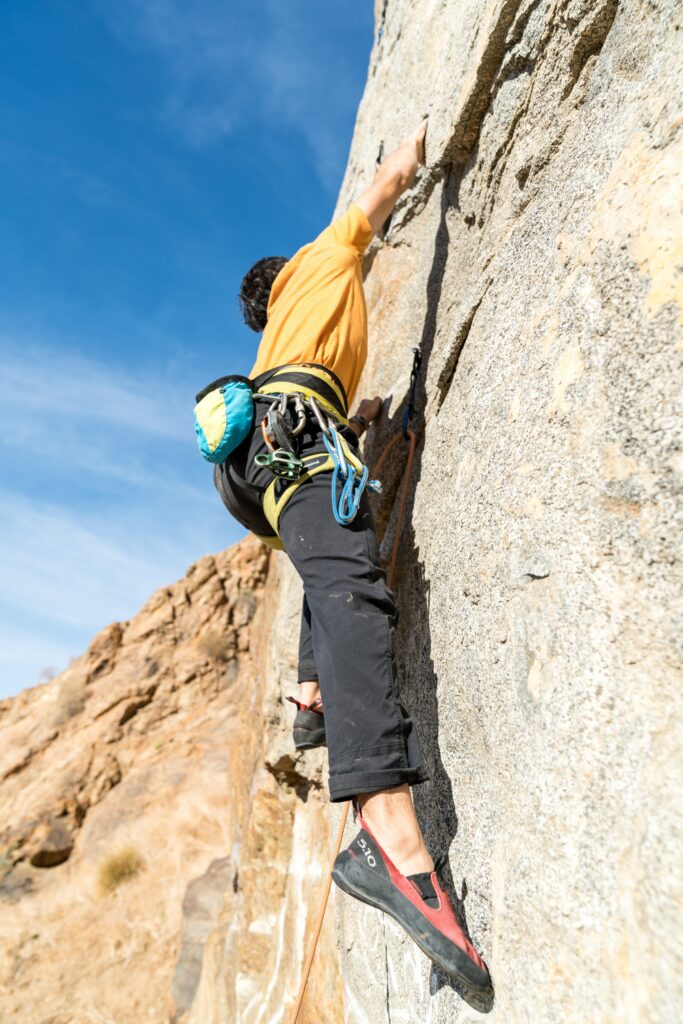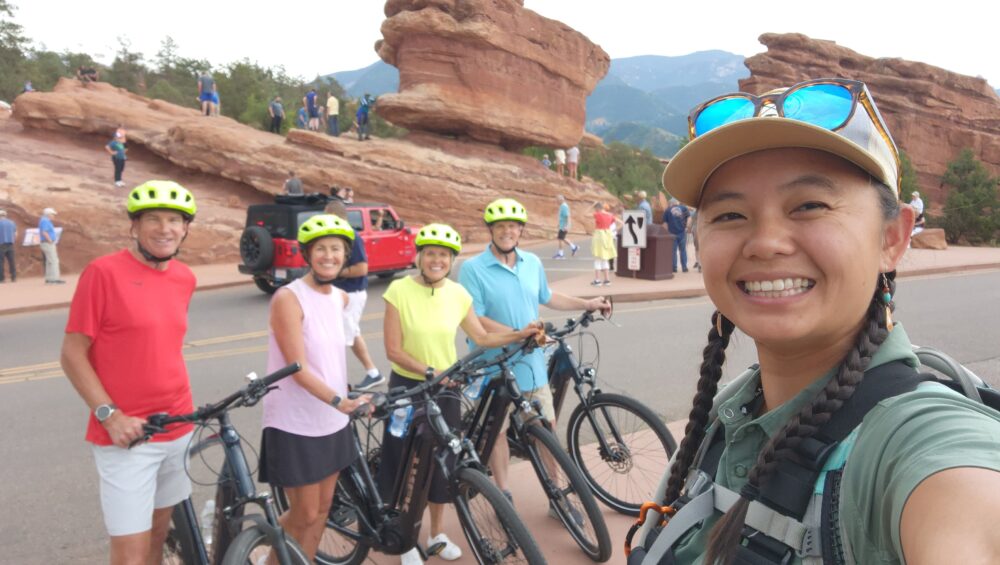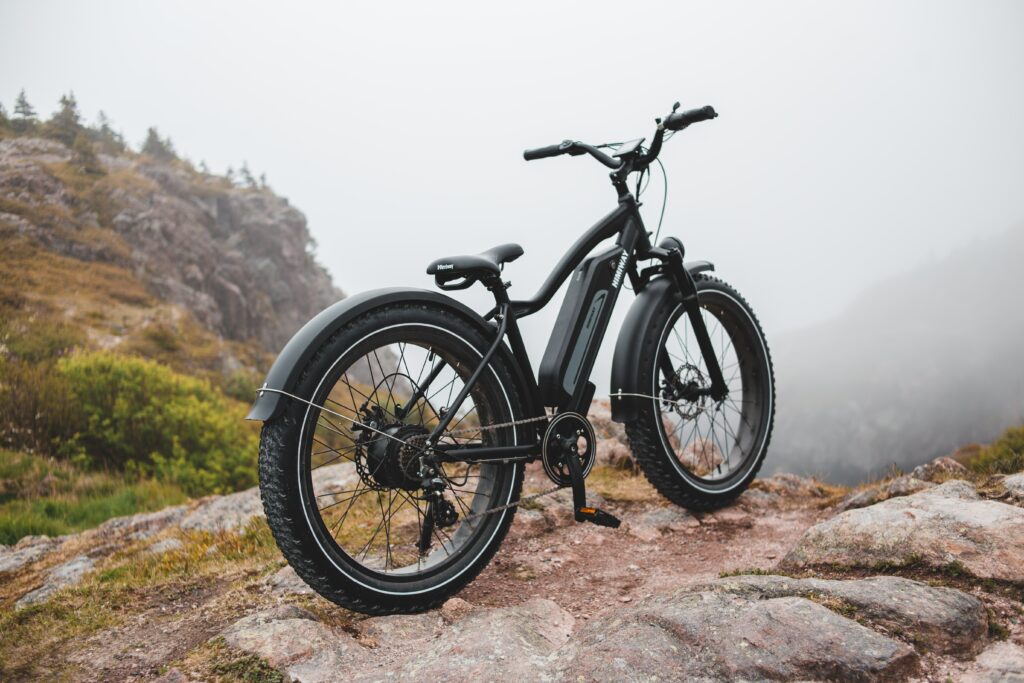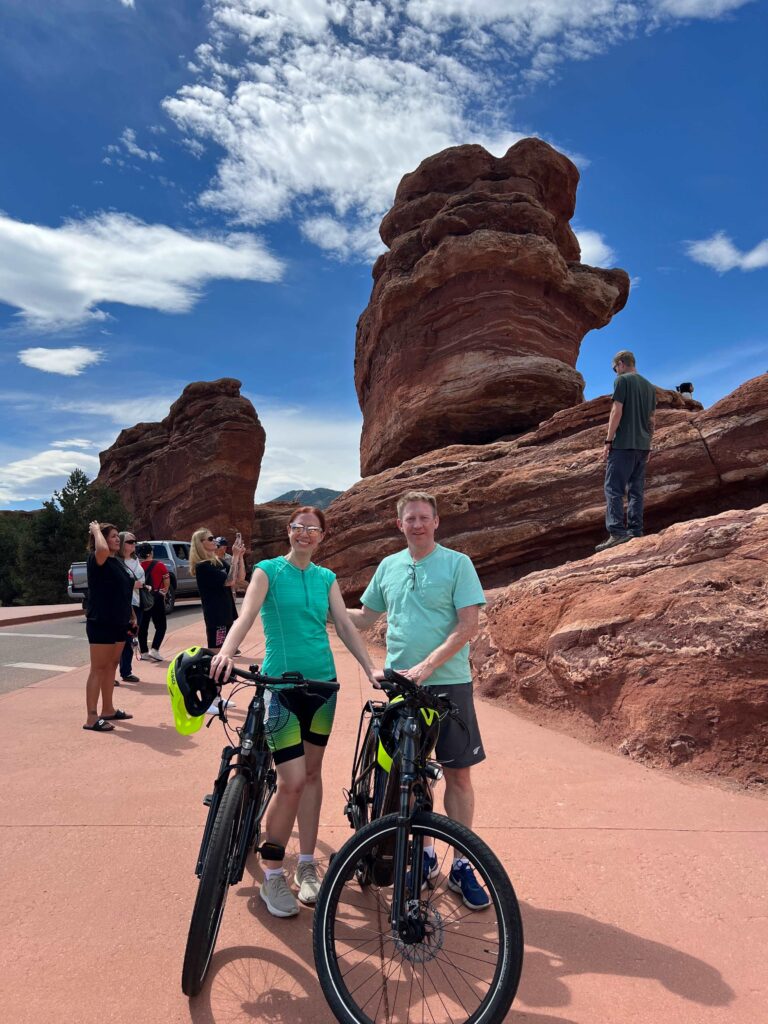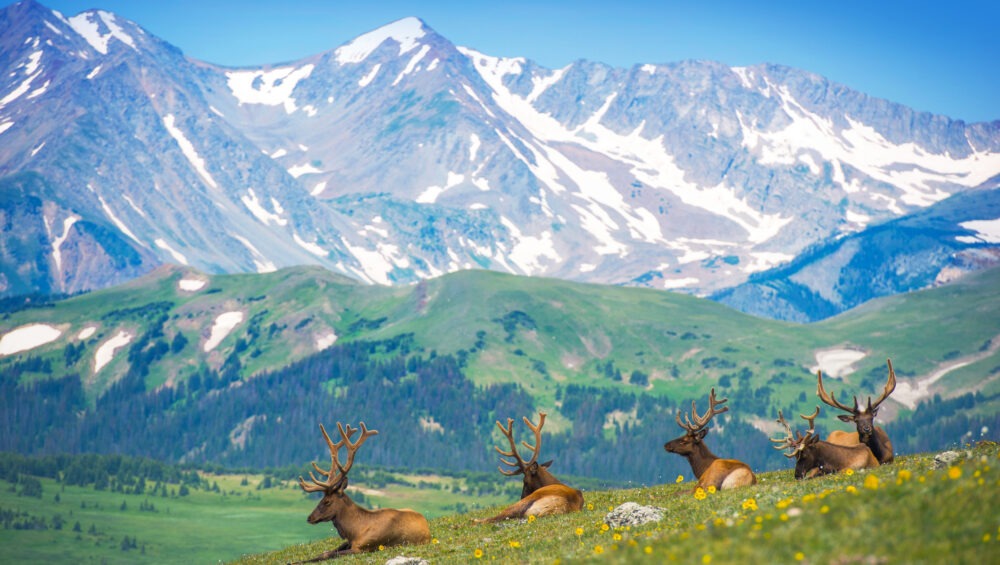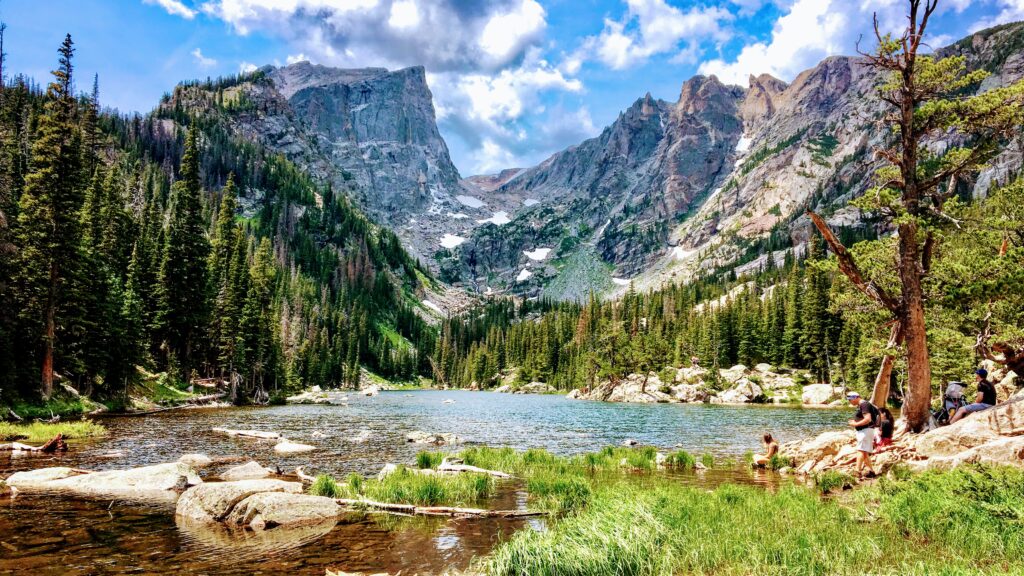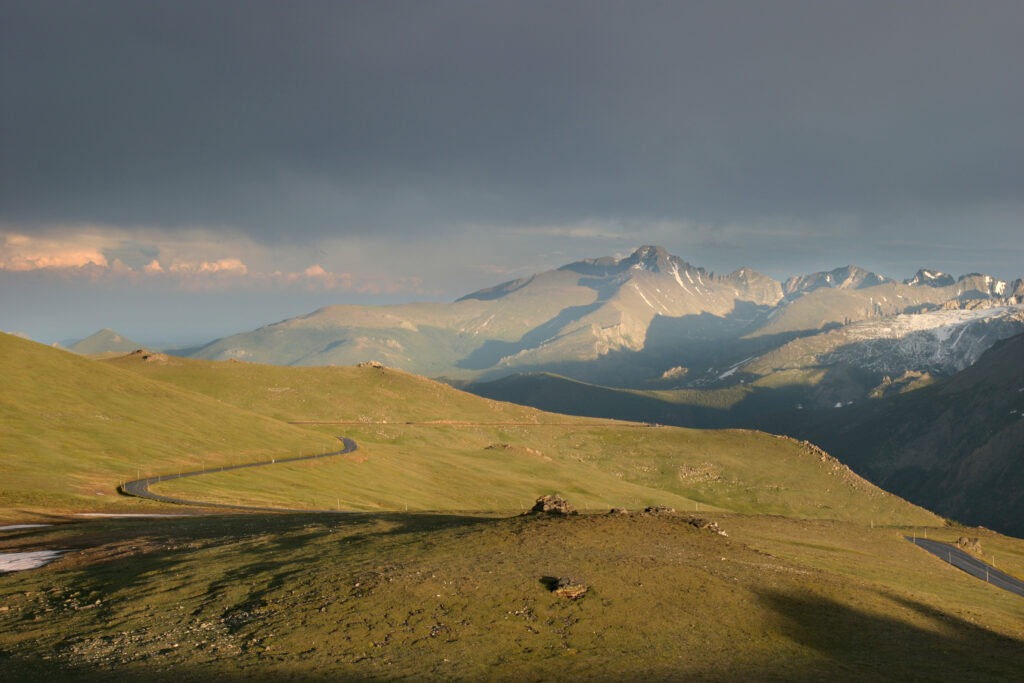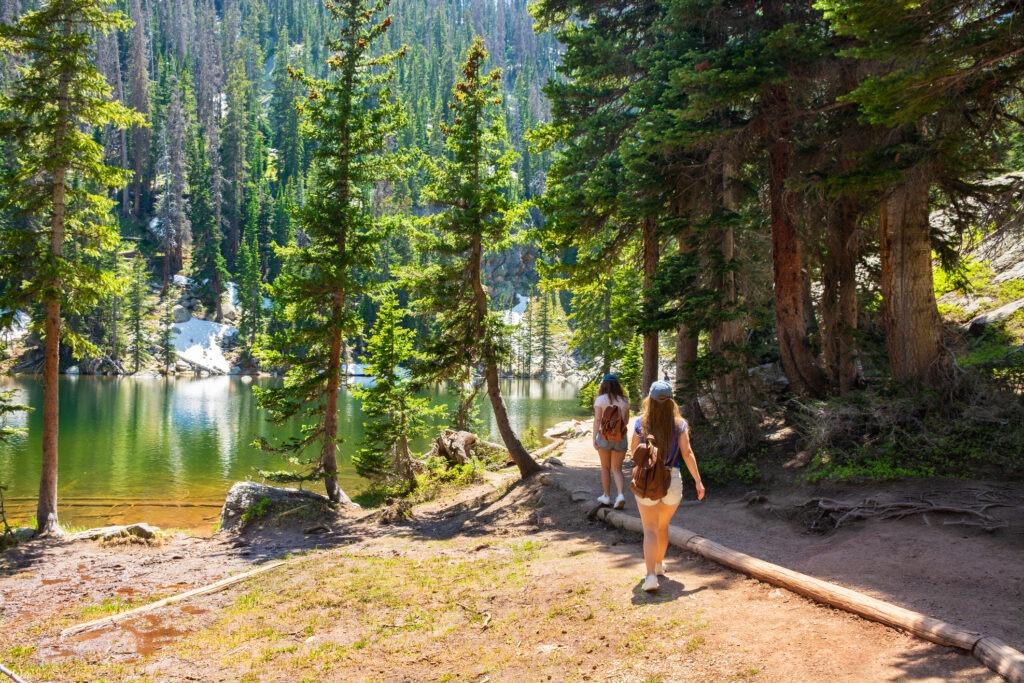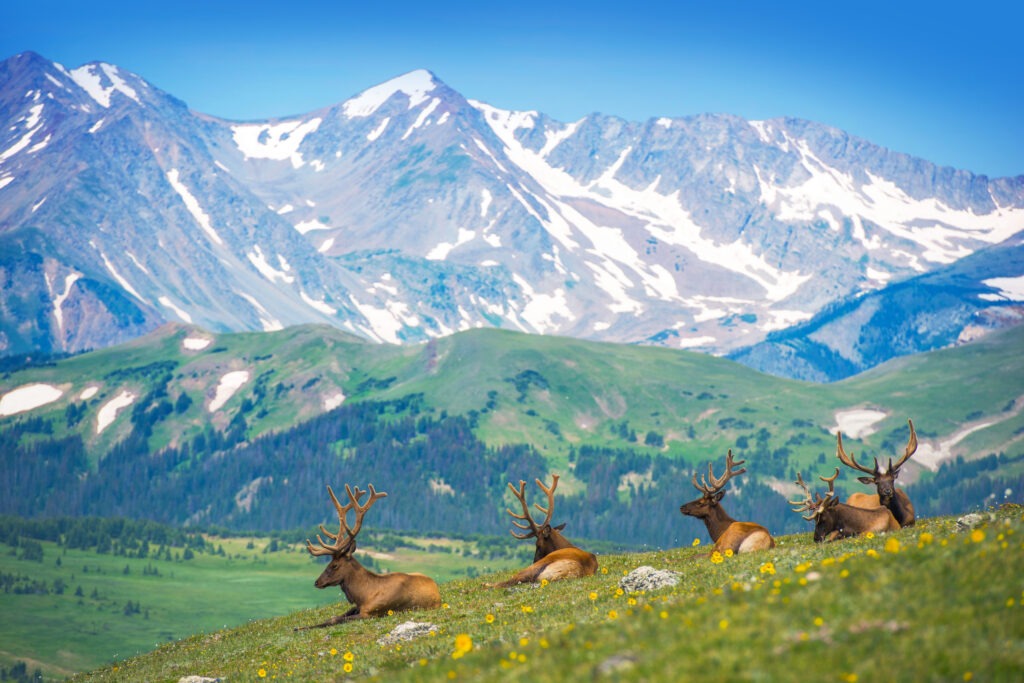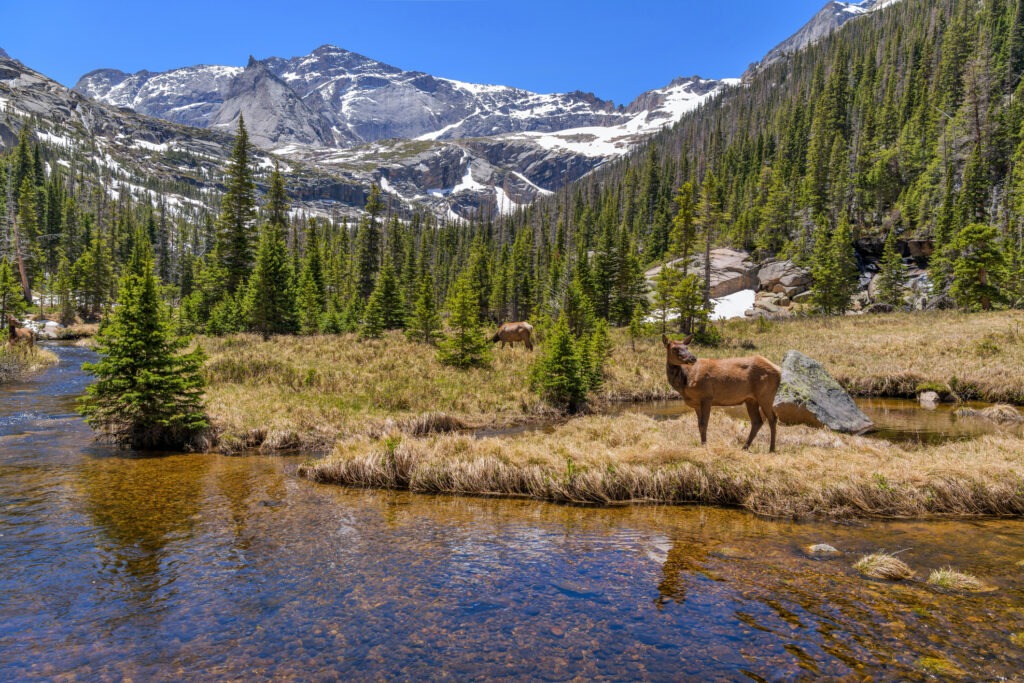As the summer heat begins to fade and the leaves turn fiery shades of gold, orange, and red, fall biking in Colorado Springs becomes a must-do experience for outdoor enthusiasts. The crisp mountain air, changing foliage, and quieter trails offer the perfect backdrop for exploring the region on two wheels.
But biking in autumn comes with its own unique challenges. Especially when it comes to unpredictable weather and shifting trail conditions. Whether you’re planning a casual ride through the city or tackling a mountain biking adventure with Broadmoor Outfitters, it’s important to dress smartly and know what to expect.
In this guide, we’ll break down everything you need to know about what to wear and what to prepare for during your fall biking adventure in Colorado Springs.
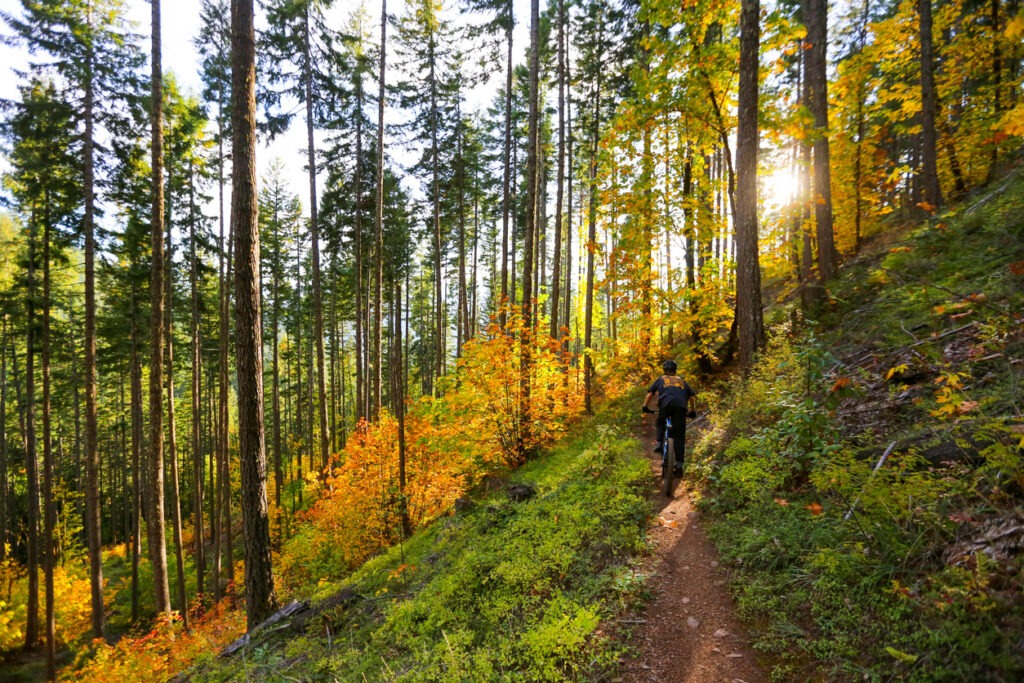
Why Fall is the Best Time to Bike in Colorado Springs
Before we jump into gear recommendations, it’s worth highlighting why fall is such a spectacular time to hit the trails.
First and foremost, the summer crowds begin to thin out by mid-September. With fewer hikers and tourists, you’ll find popular biking routes like the Gold Camp Road or Red Rock Canyon Open Space much more peaceful. Additionally, daytime temperatures typically range from the 50s to low 70s, making it ideal weather for physical activity.
The real star of the season, however, is the scenery. The Pikes Peak region bursts into color during late September and early October. As you pedal along scenic routes, you’ll witness golden aspens shimmering in the breeze and cottonwoods lining creeks with vibrant hues.
All in all, fall offers a biking experience that’s cooler, quieter, and more colorful… if you’re prepared.
What to Wear for Fall Biking in Colorado Springs
Colorado’s fall weather can be unpredictable. You might start your ride under sunny skies and end it with a sudden drop in temperature or even a quick shower. Layering is essential.
1. Base Layer: Stay Dry
Start with a moisture-wicking base layer. Avoid cotton, which traps sweat and cools you down too quickly once temperatures drop. Instead, choose synthetic or merino wool fabrics.
Recommended:
- Lightweight, long-sleeved cycling shirt
- Moisture-wicking undershirt (especially on colder mornings)
2. Mid Layer: Retain Heat
Your mid-layer acts as insulation. A lightweight fleece or thermal cycling jersey is perfect for trapping body heat without adding bulk.
Recommended:
- Thermal cycling jersey
- Lightweight fleece pullover
3. Outer Layer: Block Wind & Rain
Fall breezes can be brisk, especially at higher elevations. Wind-resistant and water-repellent jackets will protect you without overheating.
Recommended:
- Packable windbreaker
- Water-resistant shell with ventilation zippers
- Light cycling gloves to keep hands warm
4. Bottoms: Balance Warmth & Mobility
Depending on the weather, you may opt for full-length cycling tights or thermal leggings. For warmer days, shorts with knee warmers work well.
Recommended:
- Thermal cycling tights
- Padded shorts with leg warmers
- Windproof biking pants (if riding at high elevation)
5. Accessories: Small Details, Big Comfort
Don’t underestimate the power of good accessories. They can make or break your ride in changing fall conditions.
Recommended:
- Thin, thermal gloves (water-resistant if possible)
- Ear warmer headband or lightweight skull cap under your helmet
- Buff or neck gaiter for wind protection
- Sunglasses with interchangeable lenses for low-light conditions
- Wool or synthetic socks to keep feet dry and warm

What to Expect on Fall Biking Trails
1. Cool Mornings, Warm Afternoons
Temperature swings are common in Colorado during the fall. It’s not unusual for early morning temps to hover in the 30s and 40s, only to climb into the 60s or 70s by midday. Layering is crucial so you can shed gear as the day warms.
2. Shorter Daylight Hours
Keep in mind that daylight hours are shorter, especially as the season progresses. Start your rides earlier and bring bike lights or headlamps if there’s any chance you’ll be riding at dusk.
3. Variable Trail Conditions
Trail surfaces can change quickly in the fall. Morning dew or frost can make rocks and roots slick. Fallen leaves can hide obstacles. Additionally, if a cold front rolls in, higher elevation trails may get a dusting of snow or ice.
Trail tip: Ride with caution around corners and maintain a slower descent on downhill stretches during early morning or evening rides.
4. Wildlife Encounters
Fall is an active time for wildlife. Deer, elk, and even black bears are more frequently seen as they prepare for winter. Always be alert and give animals plenty of space.
Popular Fall Biking Routes in Colorado Springs
There’s no shortage of beautiful fall rides in the region. Here are a few favorites that really shine this time of year:
Gold Camp Road
This historic railbed-turned-bike-route offers jaw-dropping views of the changing foliage, tunnels carved into rock, and wide trails ideal for hybrid or mountain bikes. It’s a popular option for guided tours.
Pikes Peak – Cog Up, Bike Down
This unique adventure lets you ride the Pikes Peak Cog Railway to the summit and coast down on a mountain bike. In fall, you’ll enjoy panoramic views of golden aspen groves across the slopes. Be prepared for significantly colder temps at the summit—layering is key!
Red Rock Canyon Open Space
A mix of mellow and technical trails surrounded by red sandstone cliffs and autumn-colored trees. Great for intermediate riders.
Palmer Park
This urban trail network offers a variety of terrain, making it ideal for riders of all levels. The high vantage points deliver stellar fall views of the city and surrounding mountains.
Pro Tips for Fall Riding
- Check the forecast. Mountain weather changes rapidly, so keep an eye on wind speeds, temperature drops, and precipitation.
- Bring a small backpack. Store extra layers, water, and snacks. Include a small repair kit and a headlamp just in case.
- Stay hydrated. Cooler weather can trick you into thinking you don’t need water, but hydration is still critical.
- Watch your timing. Plan to finish rides before dusk, especially in remote areas where temperatures can plummet quickly.
- Consider a guided tour. If you’re unfamiliar with the terrain or local conditions, a guided tour can maximize your experience while keeping you safe.
Why Choose a Guided Tour with Broadmoor Outfitters?
If you’re looking to make the most of fall biking in Colorado Springs, consider joining a guided tour with Broadmoor Outfitters. Our local guides not only lead you through the most scenic routes, but also provide bikes, helmets, and essential safety gear.
Recommended Tours:
- Cog Up/Bike Down Pikes Peak Adventure (Season ends on October 15th)
- Gold Camp Mountain Bike Tour
- E-Bike Tour of the Broadmoor and Cheyenne Cañon
All of these options are perfect for soaking in the fall colors while enjoying a professionally curated experience.
Final Thoughts
Fall biking in Colorado Springs is one of the most rewarding outdoor activities you can enjoy this season. From the stunning landscapes and crisp air to the quiet trails and golden forests, it’s the perfect time to get outside. With the right gear and a bit of planning, you’ll stay comfortable and safe no matter where your wheels take you.
Whether you’re heading out solo or looking to join a guided ride, now is the time to take advantage of everything the fall season has to offer in the Pikes Peak region.

